The 1970s, 1972 to be precise
During the 1960s and the 1970s it was fashionable to make 35mm colour slides rather than prints. Slides appear remarkably stable, but how to convert them into digital images? I am aware that there is equipment ‘out there’ to be bought, but how much better to capture the images for free. Luckily we still have a quality projector, so the other evening we projected some of our slides onto the kitchen wall and made fresh images with our current digital camera.
Two images that I came across were of an early layout which lived in our spare bedroom in Brighouse in 1972.

Dublo 8F
The first image is of a relatively pristine Hornby Dublo 8F. The second image is more tantalising and shows a Hornby Dublo Castle with Triang CKD coaches passing beneath a scratch built station booking office.
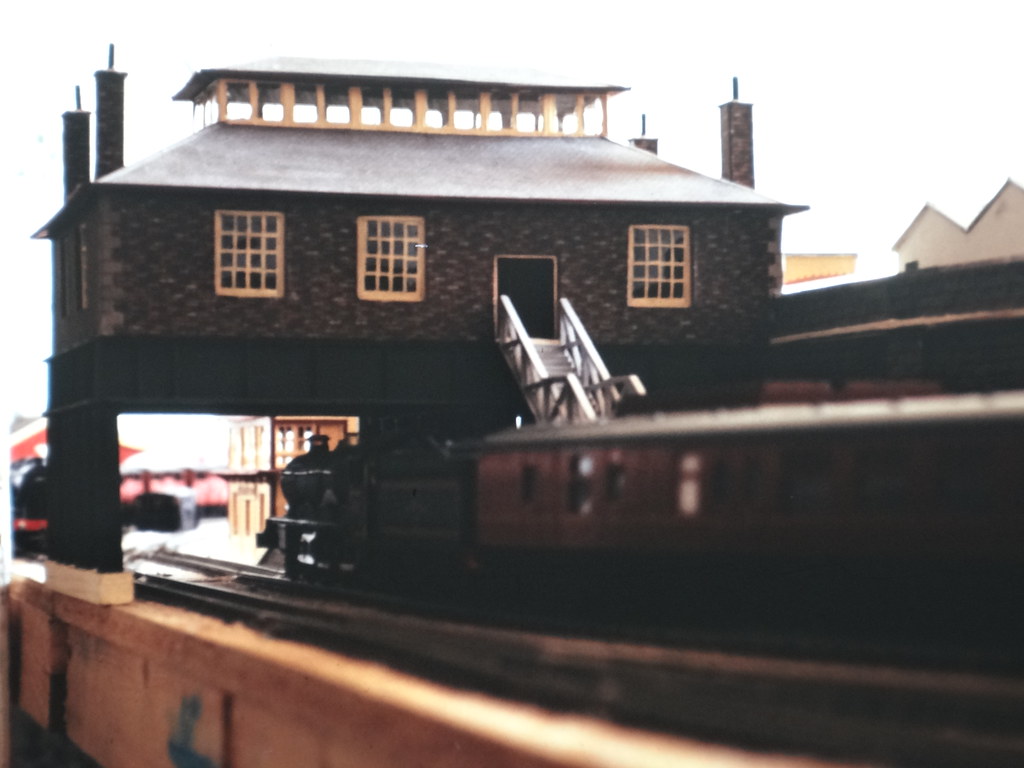
Scratch Built Booking Office
The platform steps were cut from an Airfix footbridge whilst in the far distance I can make out a rake of Airfix cattle trucks. There is also the rear of an Airfix garage on top of the retaining wall.
The track was Graham Farish Formoway which I thought better represented UK 4mm sleeper spacing. Unfortunately the tie bar arrangements for the points, was not as robust as Peco’s products which might be one reason for the demise of Formoway. The ballast was a pure silica sand (casting sand) which had been sourced for my university geotechnical project. I have never forgotten just how abrasive this sand was – hence my choice of poppy seeds for track ballast on my current layout.
Also in 1972 we bought our second Hillman Imp.
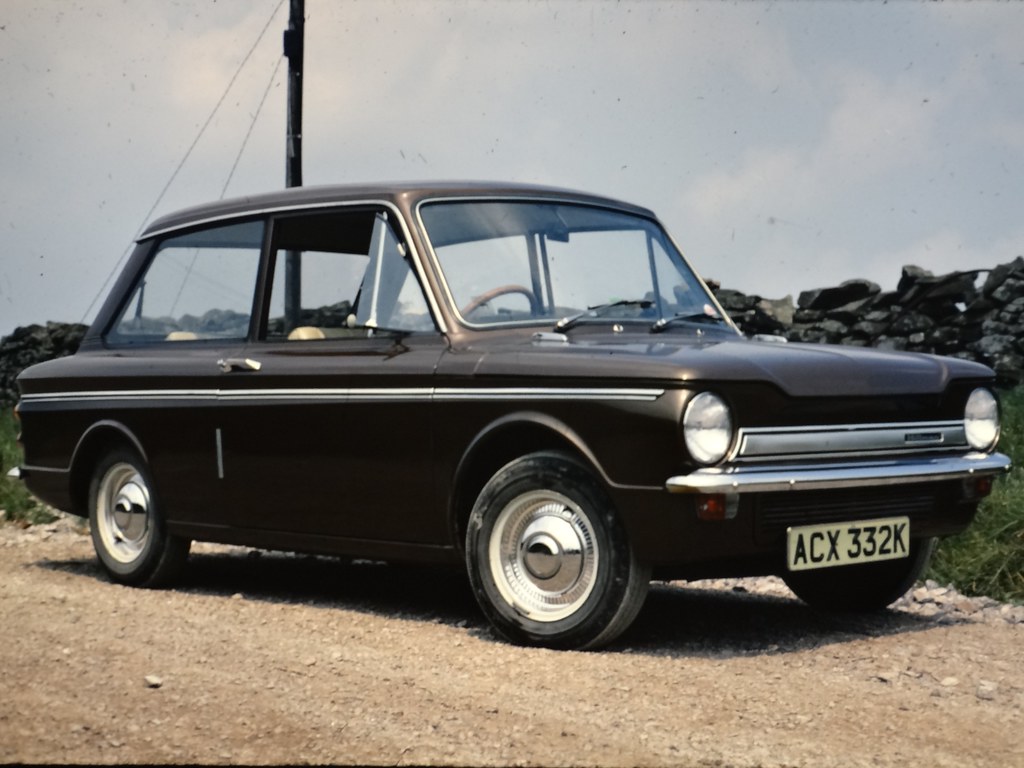
Hillman Imp - new 1972
We had three of these super little cars before moving up market and purchasing a Triumph 1500 FWD (front wheel drive).
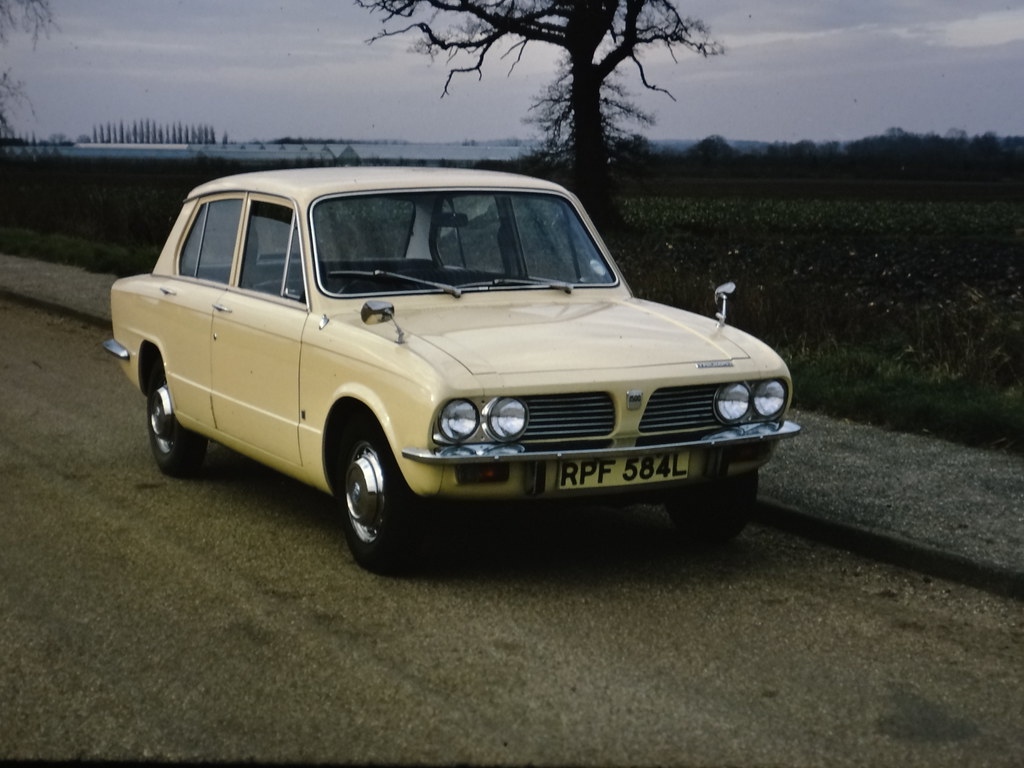
Triumph 1500 FWD - in Honeysuckle
The Triumph was bought second hand. The ‘L’ registration had come out in January 1973 but it was quite likely that the car itself had been manufactured in 1972. We enjoyed our Triumph with its comfy seats and wood veneer dashboard. At the time it seemed to drive very well and we covered some 28,000 miles in 18 months of relatively trouble free motoring.
The majority of the mileage would have been incurred rattling up and down the A1 from Surrey to South Yorkshire. How time flies. One job involved an extension to Normanby Park steel works near Scunthorpe – now long since retired. I was also heavily involved with the Planning Enquiry and the subsequent design of the civil works for the new Selby Coal field at Gascoigne Wood, Cawood, Escrick, Riccall etc.- constructed, opened and now I believe closed. Drax Power Station and the associated Ash Disposal scheme also featured on my itinerary. I do believe that they still exist – but maybe not the sheep grazing on the ash mound!
Wind forward 41 years and we have just bought our second Triumph 1500 FWD.
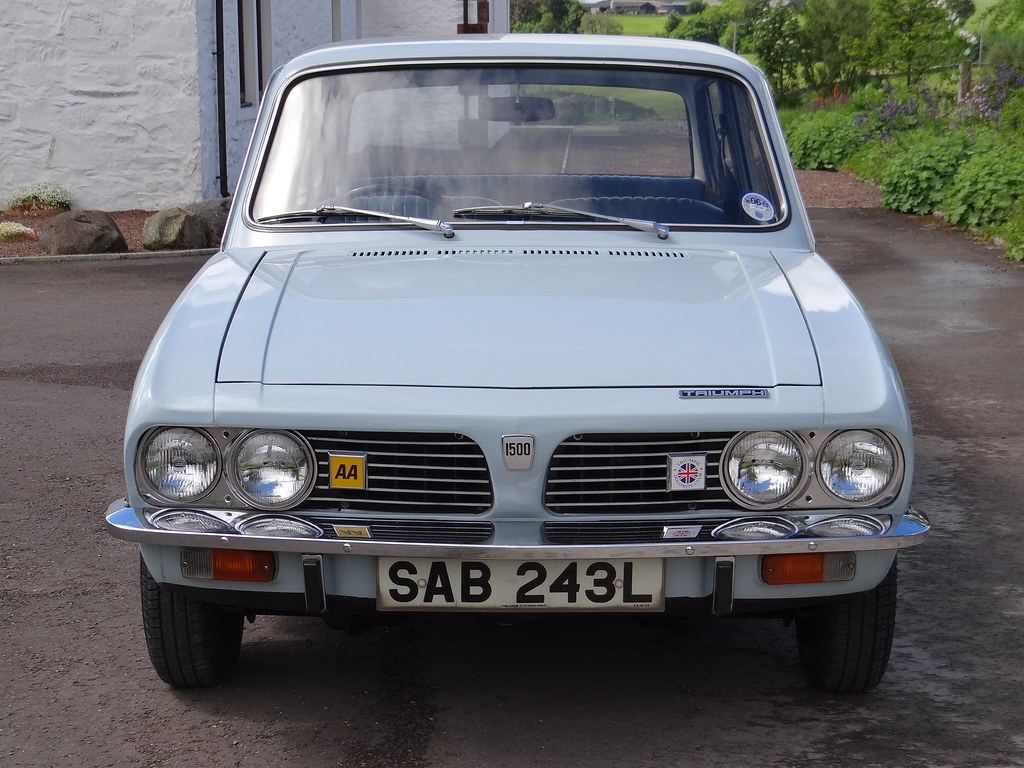
Triumph 1500 FWD - in Ice Blue
This second one was first registered in January 1973 and documentation confirms that it was manufactured in August 1972 – making it ‘Tax Exempt’.
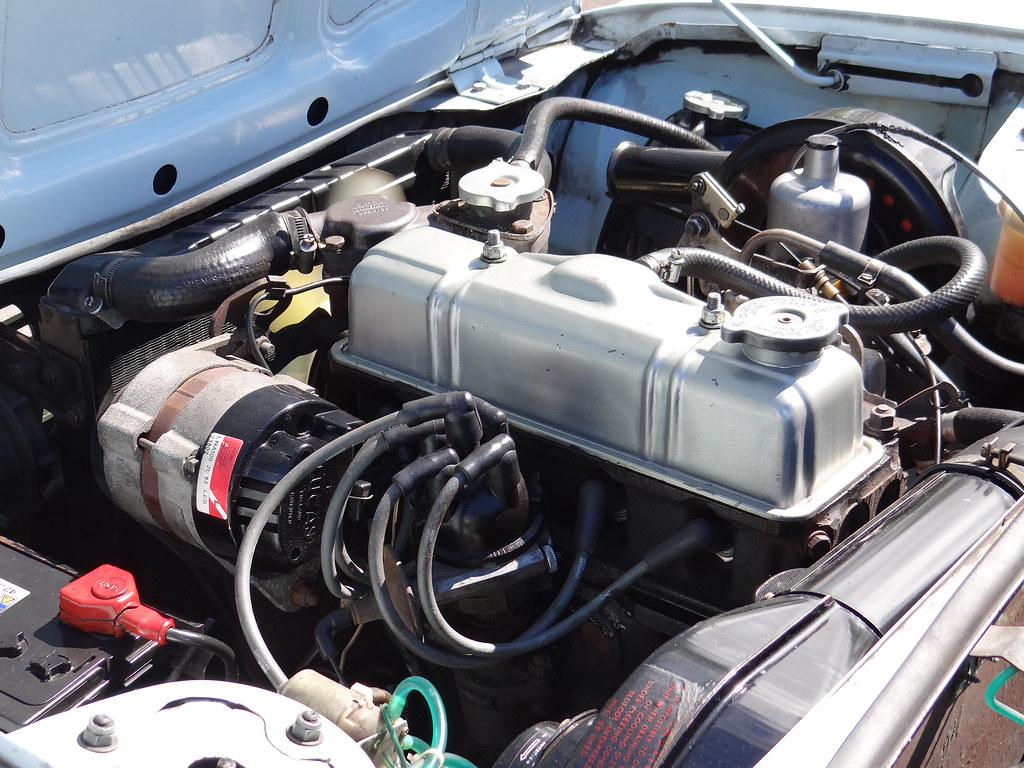
I have included the above picture for those younger members. Yes the engine is conventionally aligned as if to drive on the rear wheels, but this Triumph, like its 1300cc predecessors, is front wheel drive.
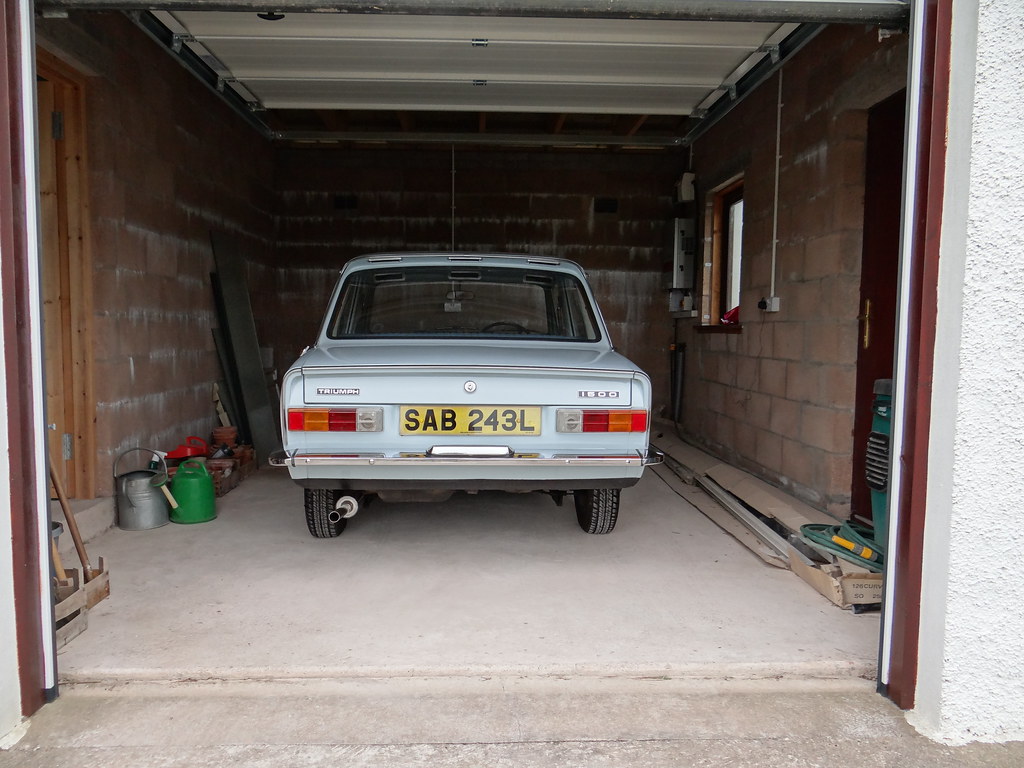
We were also struck by how small it is – as my daughter said “What else are you going to put in the garage with it?”. Perhaps it is not just the numbers of cars that are on the roads these days but also the fact that cars have got bigger that makes congestion so unpleasant.
Does it drive as well as we remember – well - no. The steering wheel is enormous to make up for the lack of power steering. Then there is braking.....it just doesn’t stop like our modern cars. 55 mph feels quite fast enough – thank you. Did I hear someone say a more peaceful life style?

There were around 33,000 Triumph 1500 FWD manufactured between 1971 and 1973. Checking with the DVLA shows that there are now only 62 taxed and a further 48 on SORN.
We had talked about buying a Classic Car for quite a long time, but never seriously. Having now acquired a 40 plus year old vehicle I suddenly feel very responsible. May be a bit like a railway preservation society?
-
 4
4


.thumb.jpg.60c53fcbcaa34017b05b8919d1a9e6d2.jpg)

22 Comments
Recommended Comments
Create an account or sign in to comment
You need to be a member in order to leave a comment
Create an account
Sign up for a new account in our community. It's easy!
Register a new accountSign in
Already have an account? Sign in here.
Sign In Now